September 7, 2022
Long time no see! It’s been an incredibly hectic summer. What with changing research questions, heatwaves, moving, and conferences, I was only able to survey all 20 sites once between the end of July – August. A lot of flowers were already on their way out, but hopefully I might be able to catch some spring flowers next year. For now, I am in the process of ID-ing bees, entering data, and statistical analyses for the fall. Will be posting ID’ed photos here soon!
June 7, 2022
First day of preliminary surveys! What a warm sunny day. Savi and I went around to a few gardens today to get a better sense of the pollinator diversity we’re working with. Seeing lots of bees and syrphid flies, but not a lot of butterflies (yet) – just the usual cabbage whites here and there. Despite such a long and cold spring, the bees seem to have persevered in impressive numbers. Highlight reel below!
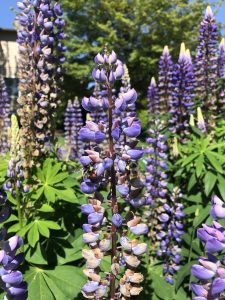
My first stop was the Balaclava Pollinator Pathway. This garden was BUZZING! SO many bees feasting on lupine and catmint. Two yellow-fronted bumblebees (Bombus flavifrons) pictured here on lupine.
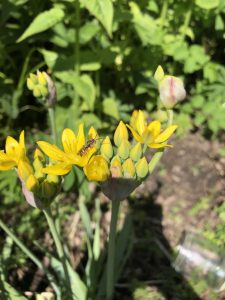
Super excited to find a Nomada bee! These are kleptoparasitic species, meaning they lay their eggs in other bees’ nests, exploiting the resources the host gathers for their own young. A very cool phenomenon and one of my favourite bee genera.
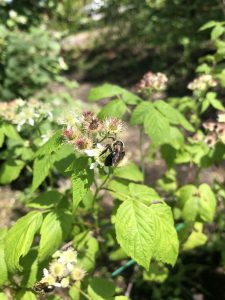
Next stop was Riley Park Community Garden! One of our largest gardens, it was such a treat to walk through the different areas and visit all sorts of critters. I found at least 4 andrenid miner bee species, some of which are pictured here. These ladies are hard to tell apart by eye or photographs, so collections are essential to ID them down to species in the lab.
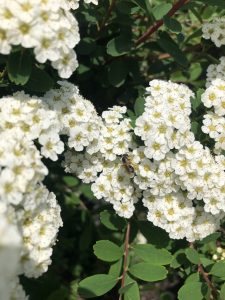

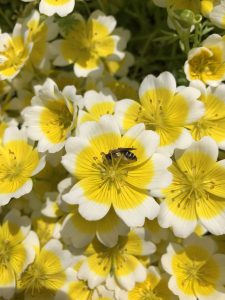
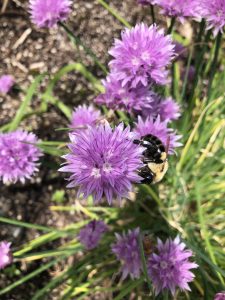
Also saw a honkin’ common Eastern bumblebee (Bombus impatiens) queen! She was almost as big as my thumb. This species was introduced to BC as greenhouse pollinators, and have since escaped and naturalized.
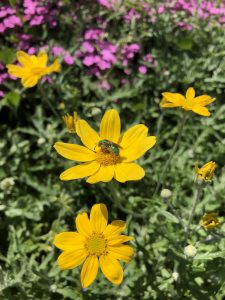
Last but not least, I am always thrilled to find these bright metallic-green sweatbees! They are just stunning to see, and it’s easy to see why so many fall in love with them. This one is an Agapostemon species (thanks Lori for the iNaturalist ID!) on woolly sunflower from one of our street gardens.